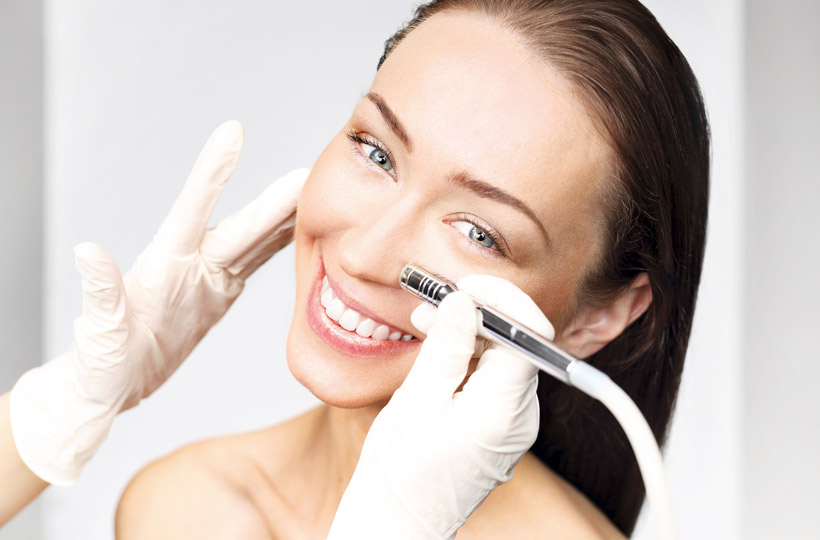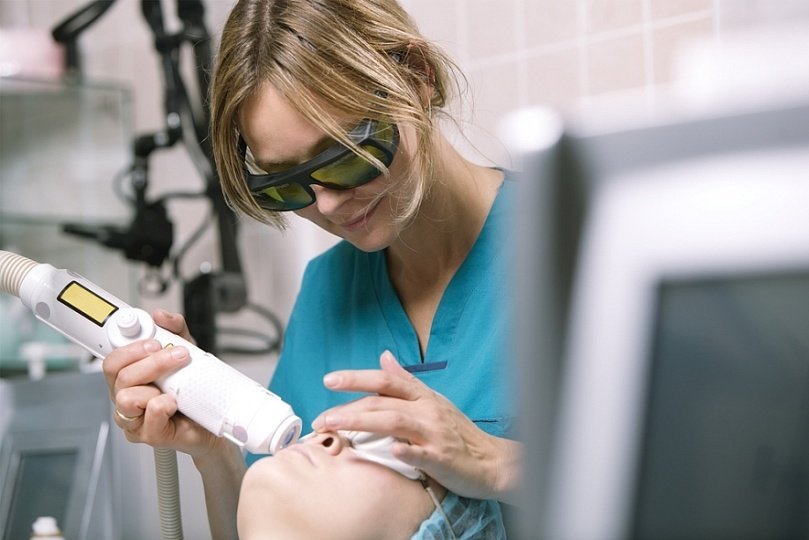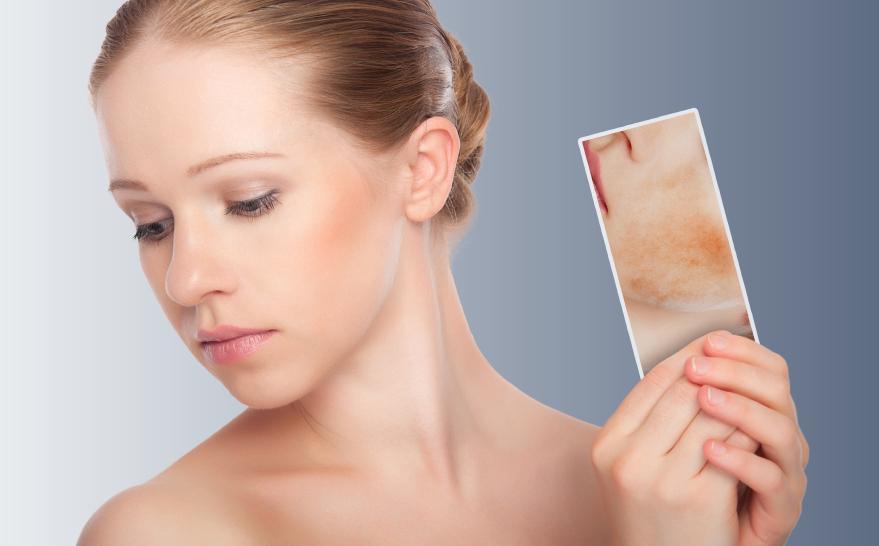If asked, the majority of people will admit that they want better skin. In fact, millions of people worldwide undergo some kind of skin procedure every year. The specific type of procedure varies widely, but two of the most common are microdermabrasion and laser resurfacing.
When deciding between treatments, most people consider affordability and convenience first, but there are a number of other factors involved as well. If you’re contemplating dermabrasion vs laser resurfacing but don’t know what to choose, this information should help.
What Is Dermabrasion?

One of the three most common dermatology treatments, microdermabrasion delivers a number of different benefits. Not only is it relatively low cost, but it’s also practical and can treat a variety of minor skin issues and early signs of aging.
This procedure is one of the least invasive skin resurfacing treatments available. Microdermabrasion essentially functions to polish the outer layer of skin with tiny crystals to exfoliate the dull, dead skin surface away. Most treatments take an hour or less. But many treatments may be required to achieve the desired results.
After treatment, most patients report that their skin looks and feels visibly smoother and more even. Essentially, microdermabrasion reveals a fresh, new layer of skin that leaves the face more radiant. One of the big advantages of this treatment is that it does not cause side effects that are common with other treatments, such as swelling, burning, or redness. Many individuals like this treatment because it is gentle even for sensitive skin and requires little to no recovery.
What Is Dermabrasion Used For?
- Dull or oily skin;
- Enlarged pores;
- Fine lines and wrinkles;
- Mild acne scars;
- Mild complexion issues, such as poor texture or uneven pigmentation.
What Is Laser Resurfacing?

Laser resurfacing is a slightly more aggressive treatment that is also known as laser vaporization or laser peeling. This treatment uses pulsating light energy or lasers to resurface the skin. Essentially, the procedure removes skin layer by layer allowing new skin cells to form as the skin heals. The result is younger, tighter, fresher looking skin.
This treatment can be done as a standalone treatment. However, it may also be paired with other cosmetic surgeries applied to the face. In either case, the procedure may be done by a plastic surgeon or dermatologist as an outpatient procedure. If just parts of the face are done, the treatment will only last 30 to 45 minutes. However, a full-face treatment can take up to two hours.
Following treatment, the skin will be bandaged. After 24 hours, you will need to cleanse the treated areas several times a day and apply ointment to prevent scabbing. Most patients experience mild swelling after treatment. Your doctor may prescribe steroids to reduce swelling around your eyes. Likewise, you will want to sleep on an extra pillow in a more elevated position to reduce increased swelling.
What Is Laser Resurfacing Used For?
- Crow’s feet and wrinkles around the eyes;
- Lines and creases around the mouth and forehead;
- Scars;
- Warts, moles, and tumors.
What Are the Differences between Dermabrasion and Laser Resurfacing?

It’s common to ponder the consider dermabrasion vs laser resurfacing, which is why it is so important to understand the differences between the two. In all reality, the procedures are largely effective for treating the same concerns and conditions, but they are not one in the same.
Cost
Cost is one of the big differences in dermabrasion vs laser resurfacing. Dermabrasion is a much less expensive treatment than laser resurfacing. In fact, one laser treatment is anywhere between 5 and 6 times as expensive as dermabrasion. So if budget is one of your primary considerations between the two, dermabrasion is the less expensive choice.
Conditions Treated
Like with most other things, though, when it comes to dermabrasion vs laser resurfacing, you really are paying for what you’re getting. Dermabrasion is a very effective treatment for surface level concerns, but if you have deeper skin conditions and more extensive wrinkles, laser resurfacing will help you achieve greater results. Your doctor will help you consider the options and gauge your expectations on either treatment.
Number of Treatments
It is also important to keep in mind the number of treatments you may need with dermabrasion vs laser resurfacing. Because of the depth of the treatment, dermabrasion often requires multiple treatments to achieve the desired results. In contrast, many individuals are satisfied with the benefits of one laser treatment for several months at a time.
Recovery
Another key difference regarding dermabrasion vs. laser is recovery time. With dermabrasion, most patients require little to no recovery time and immediately enjoy the benefits of smoother, softer skin. With laser resurfacing, however, the skin will likely be red and slightly swollen for the first week to two weeks. Additionally, you may experience stinging and/or itching in the first day or two following treatment.
Which Offers Fewer Side Effects?
Side effects are an important consideration when evaluating the pros and cons of dermabrasion vs laser resurfacing. Because of the intensity of treatment, laser resurfacing is associated with more dramatic risks than microdermabrasion.
When performed by a certified skin care professional, dermabrasion presents very few risks. In this case, the primary risk associated with treatment is minimal discomfort during treatment and sensitivity following treatment, but even these are rare.
Because of the type of treatment it is, laser resurfacing presents several additional risks. Potential risks of this skin procedure include burns or injury from the heat of the laser, scarring, unexpected changes in the pigmentation of the skin, and infection. Working with a certified medical professional and following recovery recommendations will dramatically reduce your risk of complications.
Dermabrasion vs Laser Resurfacing – Which Is Best?
When it comes down to it, the best skin resurfacing treatment is the one that fits in your budget and will help you achieve your desired goals. If you are concerned with minor acne or rough pores, microdermabrasion is likely your best option. However, if you want to treat years of damaged skin or have deep scars or blemishes, laser resurfacing is likely a better choice for you.
Before you decide on either option, be sure to consult with your doctor and make sure you know the risks and benefits of each procedure.
Image Source: DepositPhotos.com
